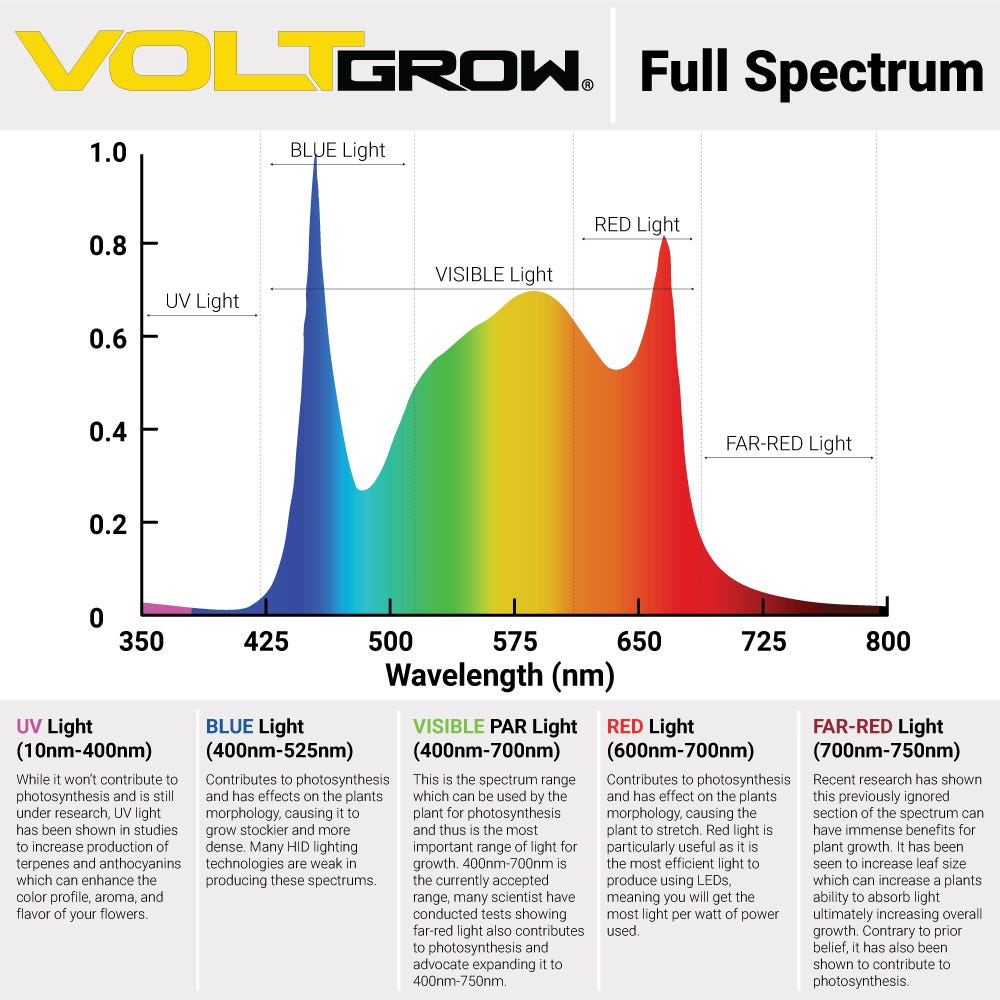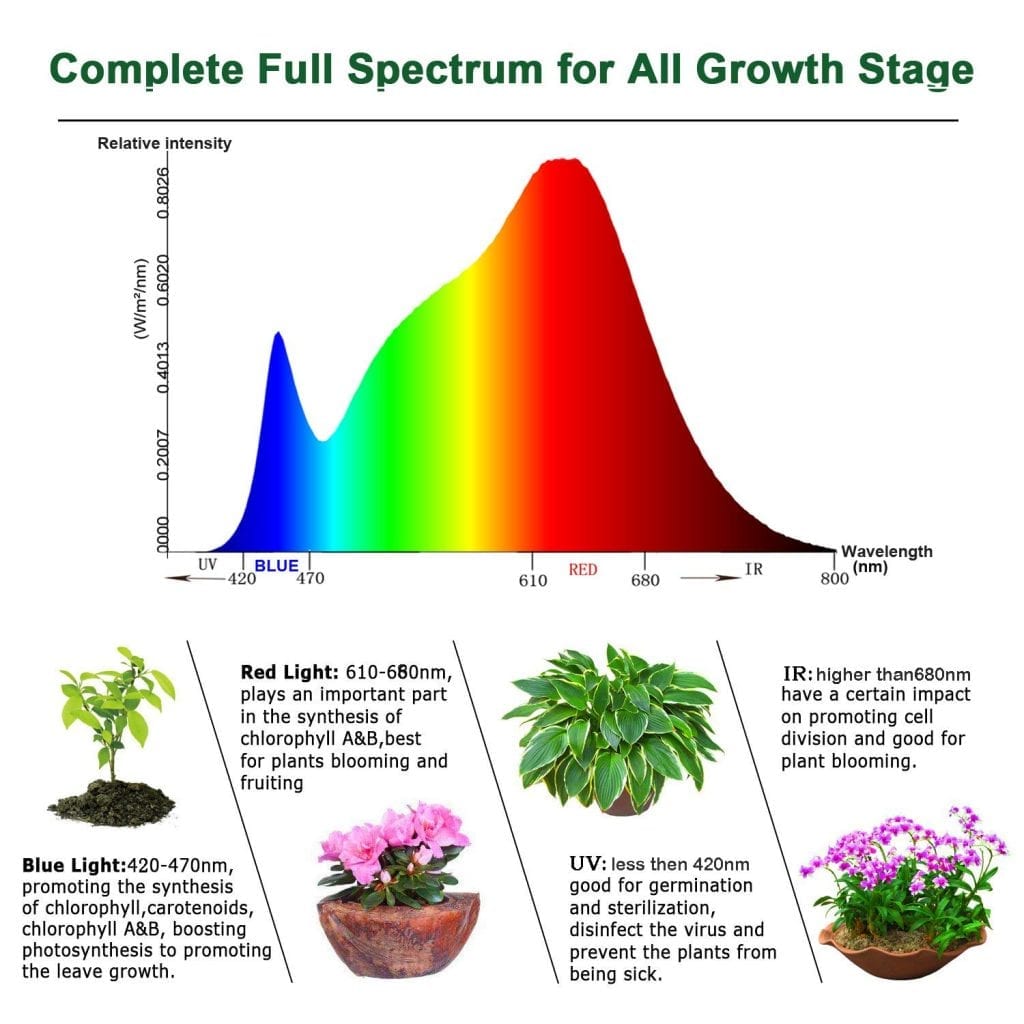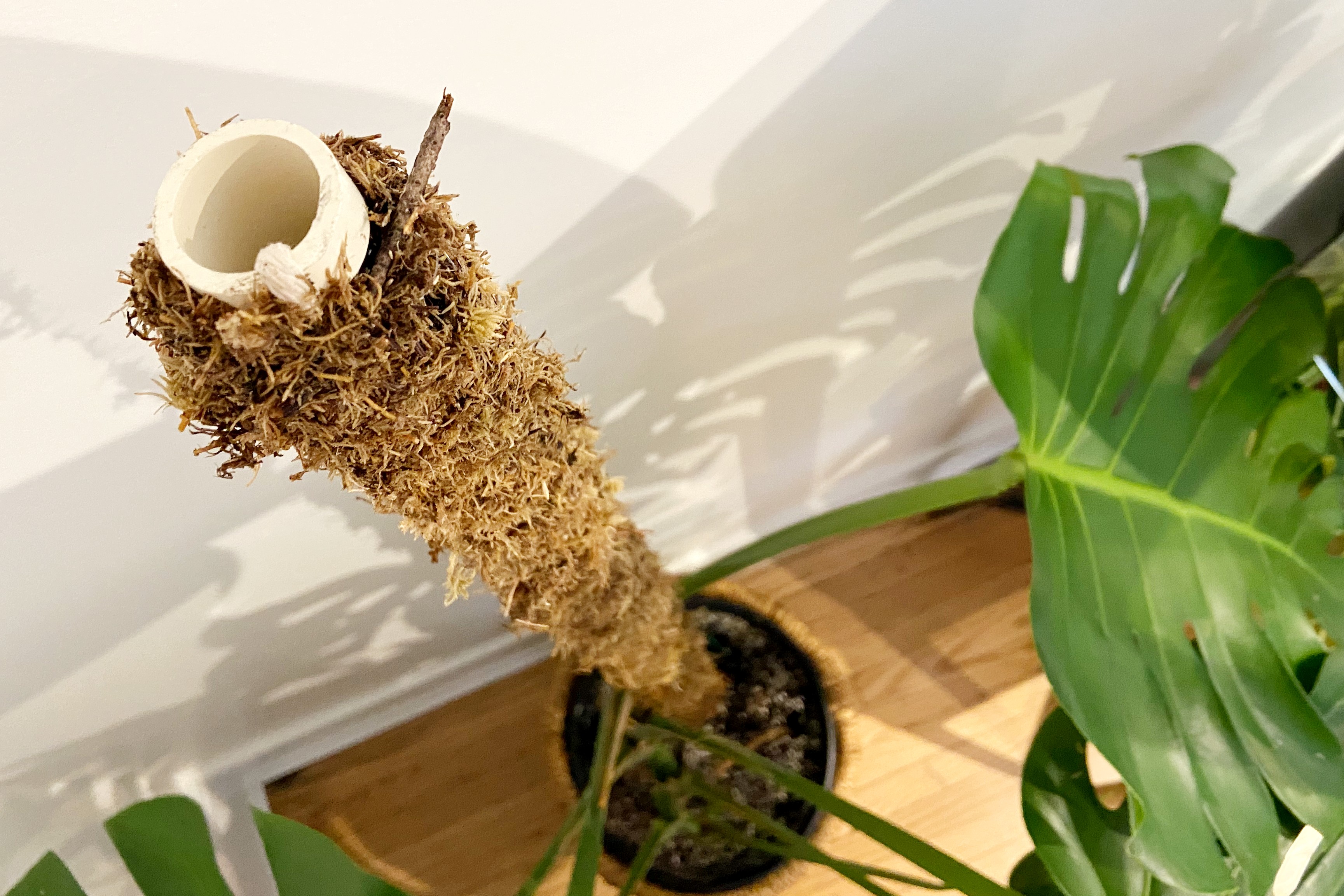Mastering Grow Light Spectrum: Practical Solutions for Healthier Plants

When I first set up my own grow tent back in 2014, the only thing more confusing than the tangle of extension cords was the “grow light spectrum” debate. Forums were full of heated arguments: blue for veg, red for flower, “true” full-spectrum LEDs versus bargain-bin bulbs. I kept thinking: there must be a more scientific way forward—something rooted in plant biology and real-world trial and error, not just marketing hype.

What follows isn’t just another rehash of textbook basics. This is an all-in-one field guide built on hard data, years of experimentation (failures included), and direct input from commercial growers, research labs, and DIY enthusiasts. Whether you're nurturing microgreens on a window shelf or scaling up cannabis production, you’ll find actionable strategies here—including nuanced tweaks most guides gloss over.
1. Why Spectrum Matters More Than You’ve Been Told
Plants don’t just want “bright;” they crave specific flavors of light energy—each wavelength acting like a unique ingredient in their recipe for survival. When you get spectrum right, you see it: leaves thicken up, fruits ripen on cue, and aromas intensify—not because you spent more money but because you tuned into what plants evolved to detect.
Let’s break it down:
- Blue Light (400–500 nm): Induces tight, compact growth—shorter internodes and robust leaves. Ever see ‘leggy’ seedlings? Nine times out of ten, it's a blue-light deficit. For a deeper dive into how this works, see Understanding the Role of Blue Light in Plant Growth.
- Red Light (600–700 nm): The main trigger for flowering/fruiting cycles; essential for yield and pigment development. You can learn more about this relationship in How Red Light Spectrum Influences Flowering and Fruiting.
- Green Light (500–600 nm): This one surprised me! For years it was dismissed as useless “filler,” until lab trials showed green penetrates deeper into dense canopies than red/blue—powering inner leaf layers that otherwise lag behind.
- Far-Red (700–780 nm): The secret sauce for manipulating morphogenesis. Used sparingly at dusk or alongside red peaks, far-red signals “shade,” nudging some crops to stretch or shift life stages fast.
Here’s something counterintuitive: the shape of your spectral curve can matter more than raw intensity. In one experiment with lettuce at 340 µmol/m²/s PPFD:
- Pure white T5 tubes encouraged sprawling growth
- Targeted blue:red LED blends kept heads compact even though total photon count was identical
Key Measurement Terms—No More Guesswork
I learned early that manufacturers love big wattage numbers…which tell you almost nothing about plant results. Real experts use:
- PAR: Photosynthetically Active Radiation (400–700 nm). Only photons in this range directly fuel photosynthesis.
- PPFD: How many PAR photons hit a given area per second—think of it as sunbathing intensity for chloroplasts.
- PPE: Fixture efficiency at turning electrical input into usable PAR photons—a key metric for both yields and electricity bills.
I keep a Photone-calibrated strip log in my journal every grow cycle now; within two seasons it paid off by revealing which lights delivered actual results versus pretty paperwork claims.
2. How to Choose—and Actually Optimize—Your Grow Light Spectrum
It’s easy to buy what looks good on paper; harder to set up a system that matches your space and crop goals without wasted effort or cash.
Start With Your Crop Profile
Before buying anything, jot down:
- Species & cultivar names
- Growth stage focus (e.g., leafy veg vs fruiting)
- Available area and ceiling height
This matters: different genetics respond wildly differently under identical lights! For example:
- Basil & lettuces: Thrive under blue-rich setups
- Chili peppers: Demand strong red/far-red burst during bloom
- Succulents/orchids: Need ultraviolet exposure for coloring/stress resistance
If you’re unsure how to tailor your lighting to specific varieties, don’t miss How to Adjust Grow Light Spectrum for Different Plant Species.
The Lighting Tech Reality Check
Every fixture type has its quirks—I’ve burned seedlings under cheap “full-spectrum” eBay LEDs that turned out to be repackaged office strips with no deep reds whatsoever.
| Type | Pros | Cons | Spectrum Highlights |
|---|---|---|---|
| LED | Tuneable spectra; cool operation; durable | Higher initial investment | Customizable across all bands |
| Fluorescent | Budget-friendly; gentle startup | Lower photon output | Blue/green-heavy |
| HID/HPS | Dense flowering output | High heat/output inefficiency | Red/orange-dominated |
| CFL | Plug-and-play ease | Short lifespan/lower density | Weak overall PPFD |
If I could rewind time? I'd skip trendy gadgets unless backed by third-party lab data or side-by-side grow logs from veteran users.
What Data Matters Most?
Ignore slogans like "sunlight-mimic." Insist on:
- Complete spectral charts showing emission curves
- Published PPFD values at typical hanging heights (not just theoretical "max")
- Channel controls or spectrum-shifting features if growing multiple species/stages
A true “aha!” lesson from my first failed tomato crop: the fixture advertised as ‘1200W equivalent’ put out less PPFD than a proper Spider Farmer SF1000 running at half power—all because their claimed watts had nothing to do with actual photon delivery.
Hanging Height + Duration = Your Secret Levers
Setups are rarely perfect right away. My tip: treat manufacturer distance tables as starting points only! Because ambient room reflectivity and airflow often skew real outcomes.
General targets:
- Seedlings/clones: 100–300 µmol/m²/s
- Vegetative phase: 200–500 µmol/m²/s
- Fruiting/flowering: higher side (400+); watch for leaf edge curl as warning sign!
Pair with timers—or better yet invest in a simple $40 Wi-Fi plug—to prevent human error when life gets busy.
3. Classic Pitfalls & Their Fixes (From Experience!)
Mistake #1 — Believing All “Full Spectrum” Labels
Lesson learned after two entire dud runs: some budget LEDs simply slap phosphor coatings over cold-white diodes. No deep reds = weak blooms no matter how bright things look!
Fix: Always check spectral data for pronounced spikes at both key ends (~450nm blue AND ~660nm red). If it looks like an office LED panel…move on! For more on how true full-spectrum affects your plants, see The Impact of Full Spectrum Grow Lights on Indoor Gardens.
Mistake #2 — One-Spectrum-Fits-All Mentality
Early on I left my light setting untouched season to season—a surefire route to spindly starts and underwhelming harvests.
Upgrade: Shift channels toward heavier blue early on (~70% blue/30% red), then reverse during flower (>60% red/far-red)—especially easy with modern programmable models but doable even by swapping fixtures mid-growth if needed.
Mistake #3 — Too Much Wattage...Not Enough Useful Photons
My record? A $99 four-bar mega “grow lamp” whose high power fried leaves but produced stringy stems due to yellow-biased spectrum instead of true PAR balance.
Solution: Use PPFD meters or phone apps like Photone—even if they're not laboratory grade they’re light-years better than guessing based on wattage alone.

Mistake #4 — Taking Marketing Claims at Face Value
I once wasted $160 chasing a so-called "NASA technology" lamp supposedly inspired by shuttle tomatoes…only later learning it was rebadged surplus from an unrelated OEM factory line-up.
Better approach: Cross-check reviews/photos/data outside manufacturer websites—forums like r/microgrowery are goldmines when sourcing genuinely effective lights.
4. Advanced Methods That Actually Move the Needle
Once you’ve handled basics, finer details start compounding results:
Dynamic Day/Night Spectral Shifts
Back in late 2021 I ran parallel basil racks using programmable Fluence LEDs—one static throughout the day, the other shifting through three phases:
- Morning = high blue burst (“wake up call”)
- Midday = balanced all-channels-on
- Last hour pre-“sundown” = heavy far-red emphasis
Result? Plants grown under dynamic lighting had shorter internodes plus broader leaves—with noticeably faster root establishment after transplanting!
If your fixtures support custom scheduling via apps/drivers (Growcraft, Kind LED X-series, etc.), try emulating sunrise-to-sunset shifts rather than static blasts—it really does translate into stress-toughened growth and boosted secondary metabolite production.
Strategic UV & Far-Red Pulses
Be careful here! Once I accidentally left UVB supplemental bars running six hours instead of brief bursts… promptly stunting three trays of marigolds beyond recovery.
But used properly?
- Occasional short UV-A/B exposures boost resin/oil/flavonoid syntheses in specialty crops.
- Controlled far-red spikes near dark periods prompt bigger blooms/fruits—but too much makes things leggy fast!
For a comprehensive look at how these wavelengths influence plant structure and health, check out UV and Far-Red Light: Effects on Plant Morphology and Health.
My current rule-of-thumb is never exceeding manufacturer-tested pulse durations unless confirmed safe by peer growers/researchers with matching genetics.
Multi-Tier Spectral Layering
For anyone pushing multi-shelf racks or dense canopies—it’s worth moving past uniform coverage alone:
- Top tiers get strong blue/red
- Middle shelves supplement with green-enriched panels for interior mass gain
- Under-canopy/backfill add subtle near-infrared if chasing ultra-dense yields
The effect is similar to sunlight filtering through natural forest strata—a trick borrowed from vertical farm innovators seeking max grams per square foot.
5. Must-Have Tools & Resources (Tested Personally)
You’ll save hours—and possibly recover entire crops—with just a handful of practical investments:
Entry-Level Recommendations
- Spider Farmer SF-series / Mars Hydro TS series ($120–$250/tent) – Reliable diode blends + honest spec sheets
- Dr.Meter LX1330B lux meter (~$35) – Sufficient for dialing consistency across racks/zones
For DIYers? LEDGardener.com has bulletproof circuit guides matched to successful custom builds from actual users—not showroom showpieces alone.
Prosumer Upgrades
- HLG Quantum Boards / ChilLED Tech Growcraft – Modular fixtures with channel control/logged spectra recommended by top micro-growers
- Apogee MQ quantum sensors – Costly ($200+) but pay off quickly where every ounce matters
Commercial Performance
- Fluence SPYDR systems / Gavita Pro RS series – Controllable per channel/hour through networked dashboards; seen driving massive yields across licensed facilities worldwide
Integration tip: Open-source sensor/controller combos (openAg.io) allow automated tweaks triggered by real-time environment changes—a workflow borrowed from precision ag labs now becoming affordable.
6. Case Studies—the Proof Is in Plant Health
Theory is nice…but let's talk dirt-under-fingernails experience:
Lettuce Canopy Density Experiment (University Lab)
Side-by-side trials compared T5 fluorescents vs targeted LED mixes:
Adding green wavelengths increased lower-leaf thickness by ~18% compared to pure red/blue blends—even though total brightness looked dimmer!
Lesson learned? Ignore superficial lumens; track spectrum-specific impact zone by zone.

Home Tomato Yield Test
Spring 2022—I tested Mars Hydro TS600 against best-selling Amazon-panel advertising “full-spectrum.”
Both panels drew ~90W measured—but tomatoes grown under TS600 yielded twice the fruit count plus improved flavor depth thanks to superior spectral peaks in key bands.
Cannabis Facility Dynamic Scheduling Trial
Licensed facility shifted from static output SPYDR arrays to phased scheduling across beds:
Flower density increased ~12%, trichome assays showed notable uptick in both cannabinoid content and terpene profile complexity after switching morning-to-evening channel emphasis according to plant feedback logs.
Bottom line? Don’t hesitate experimenting between beds/zones—even small adjustments often outperform static textbook recipes once tailored systematically.
7. Troubleshooting Guide: Diagnosing At The Speed Of Sight
Sometimes symptoms tell you everything before meters do—I learned these lessons faster after keeping weekly photo logs:
Problem: Leggy Seedlings/Stems Bending Toward Fixture?
Usually signals low blue-light ratio or overly high/hot fixture placement.
Fix: Lower lights within safe range/check spectral spike around ~450nm using app meter/chart overlay.
Problem: Edges Curl/Burn Despite Modest Wattage?
Common culprit is overexposure near intense reds/UV bands too close/hot.
Rapid fix: Raise fixture slightly/reduce daily cycle time until recovery begins.
Problem: Slow Overall Growth With High Wattage Fixtures?
Check whether there’s enough ‘real’ deep-red emission post-seedling stage; generic panels often spike yellowish-green only.
Correction: Swap/add supplemental bloom-specific panels/channels focused around ~660nm region.
Problem: Pale Underleaves Or Patchy Canopy?
Classic indicator of neglected green fraction!
Solution: Add balanced daylight-mimicking panel midway between rows/tier levels ensuring <50% dropoff beneath main canopy.
8. Action Blueprint—From Uncertainty To Mastery In Eight Moves
Condensing years of expensive missteps down into one checklist:
1. Log your specific crops/growth area requirements before purchase—even rough sketches help!
2. Research optimal spectral phases per plant type/stage before committing money/time.
3. Buy based exclusively on transparent spec sheets—not buzzwords!
4. Set initial hanging height/durations off published PPFD values (+ confirm with meter/app).
5. Automate photoperiod schedules wherever possible—you’ll avoid costly lapses.
6. Run regular visual checks/log photos week-to-week making one tweak at a time.
7. Compare outcomes with others via forums/web groups—nothing beats crowd-sourced improvement cycles!
8. Keep tweaking based on evidence—not anecdote alone—and never stop questioning what could work even better next round.
Final Word—from Lifelong Learning To Living Results
A decade ago I thought success meant finding “the ultimate bulb.” Now I know real mastery comes from measuring > adjusting > observing > repeating until YOUR crops thrive—not someone else’s Instagram post proving theirs did once halfway across the planet.
To keep progressing:
1. Stay curious—experiment thoughtfully while tracking every tweak/outcome;
2. Connect regularly with other serious growers online/offline;
3. Keep abreast as new sensor/control tech gets cheaper/faster each year—you’ll get more bang-for-buck tweaking spectrum dynamically than ever before;
If there’s one principle above all others that transformed my results it’s this:
Trust eyes + data over sales copy every single time.
Save this guide—you'll refer back with each new setup or challenge encountered along the way.
And remember—it’s not about having flawless gear…it’s about building reliable systems that let your plants show YOU exactly what works best!
Happy growing—the science-backed way!
Questions? Stuck troubleshooting something unusual? Drop me a note below—I’ve likely wrestled through it myself and am glad to help shortcut your next breakthrough!



